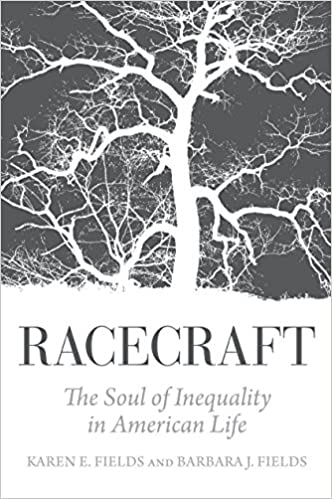WMSURE Hosts Discussion with Authors Barbara and Karen Fields
On September 22nd, WMSURE hosted a discussion with Barbara and Karen Fields, two historians, sisters, and authors of the widely acclaimed book, Racecraft: The Soul of Inequality of America. In it, the sisters argue that racism is not a consequence of race. It is not that people see difference and act on that difference. Instead, a person needs context to create a basis for meaning on that difference. Race is not the starting point, it is the outcome. And all of the territory in between is ‘racecraft.’ While Karen Fields coined the term, both of them through their own experiences were on the path that lead them to this conclusion.
From the very beginning the Karen sisters Barbara and Karen Fields were no strangers to the nuances of the race. They were both born in Charleston, South Carolina, but both attended highly regarded institutions of learning for their college careers. Here, they experienced large amounts of racism due to the fact that they were one of very few black people at their college. While yes, they were the objects of prejudice and derisiveness, they were also able to observe firsthand, racism, and became curious to learning how it manifests in people

More background to their most famous work, Racecraft. Both Fields sisters went abroad at some point in their lives. Barbara Fields went to East Africa, and one of the first things that struck her was how descriptive the terms white and black were. In America, those terms hold immense weight, both historical and institutional. However, in East Africa they were used strictly to describe a person. Barbara was grateful for the opportunity to study aboard. In her mind, it produced in her, a mindset of self-criticism about race. After this trip, she could not imagine being able to write Racecraft without traveling abroad. “It’s like to lift something up but be standing on it.”
Karen Fields also experienced a similar phenomenon. When she attended Radcliffe college, she started off being interested in anthropology. That interest, lead itself to sociology, and even reading works by Civil Rights activists. As she was exploring these different subject materials, she noticed her consistent interest in chronicling people and their behaviors. After reading James Baldwin and his adventures in Europe, and herself being sick of racism at the college, she traveled to Russia. She was fluent in Russian, so she could overhear gossiping from residents.
One story in particular she remembers well, was when she was sunbathing on a beach in the summertime. Two Russians saw her, and curiously mentioned that they did not know darker skinned people inhabited Russia. She turned around and in Russian replied, ‘So What?’ This startled them a bit and without another word, the two ran off. Still, Karen recognized that there was not necessarily racism but a genuine curiosity about her being black woman. Karen said that to her it seemed that many Russians saw her as, ‘The picture on the wall that started talking.’ Their trip, “made the normal strange and the strange normal,” and this was helpful for their book.
 Skip to main content
Skip to main content
